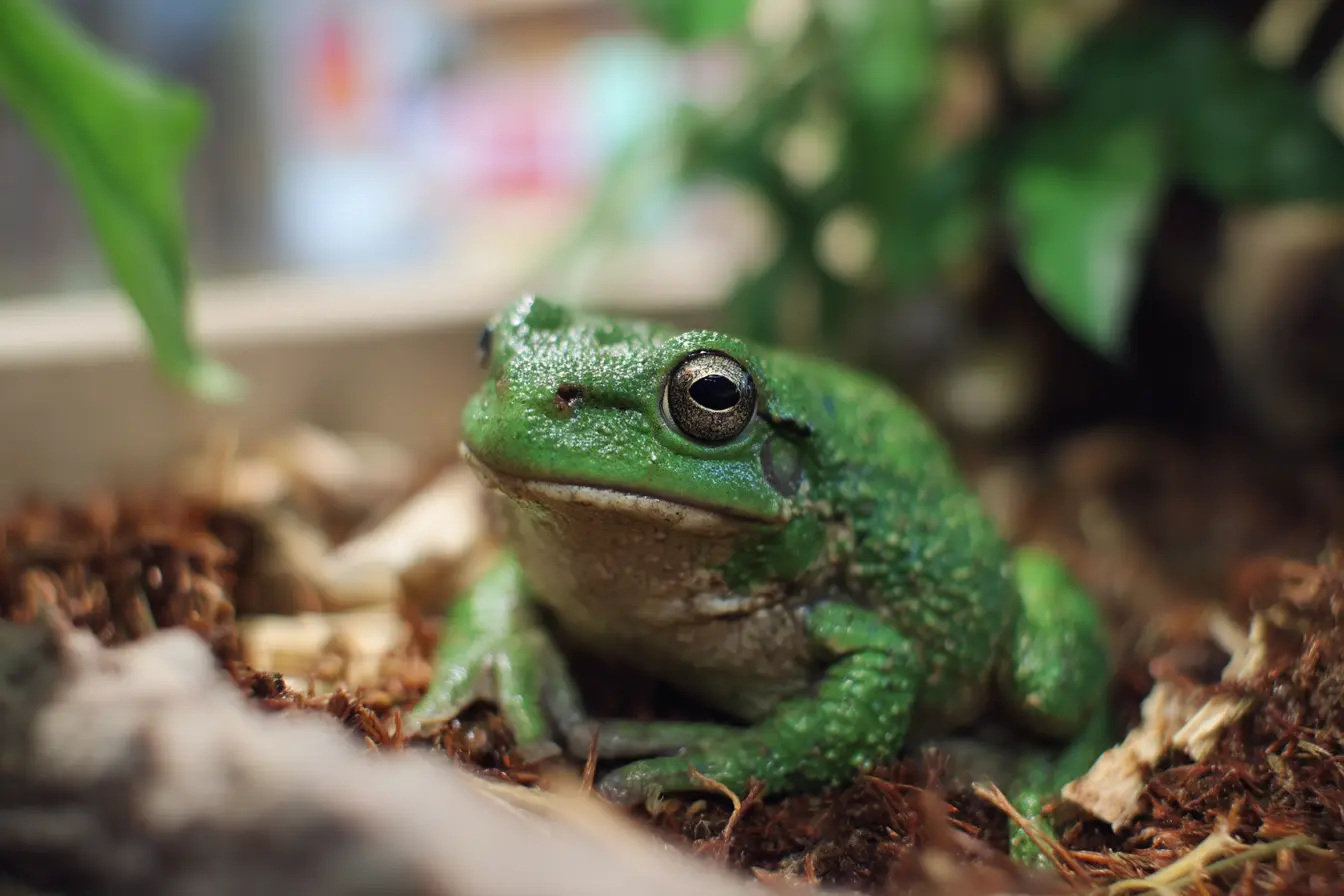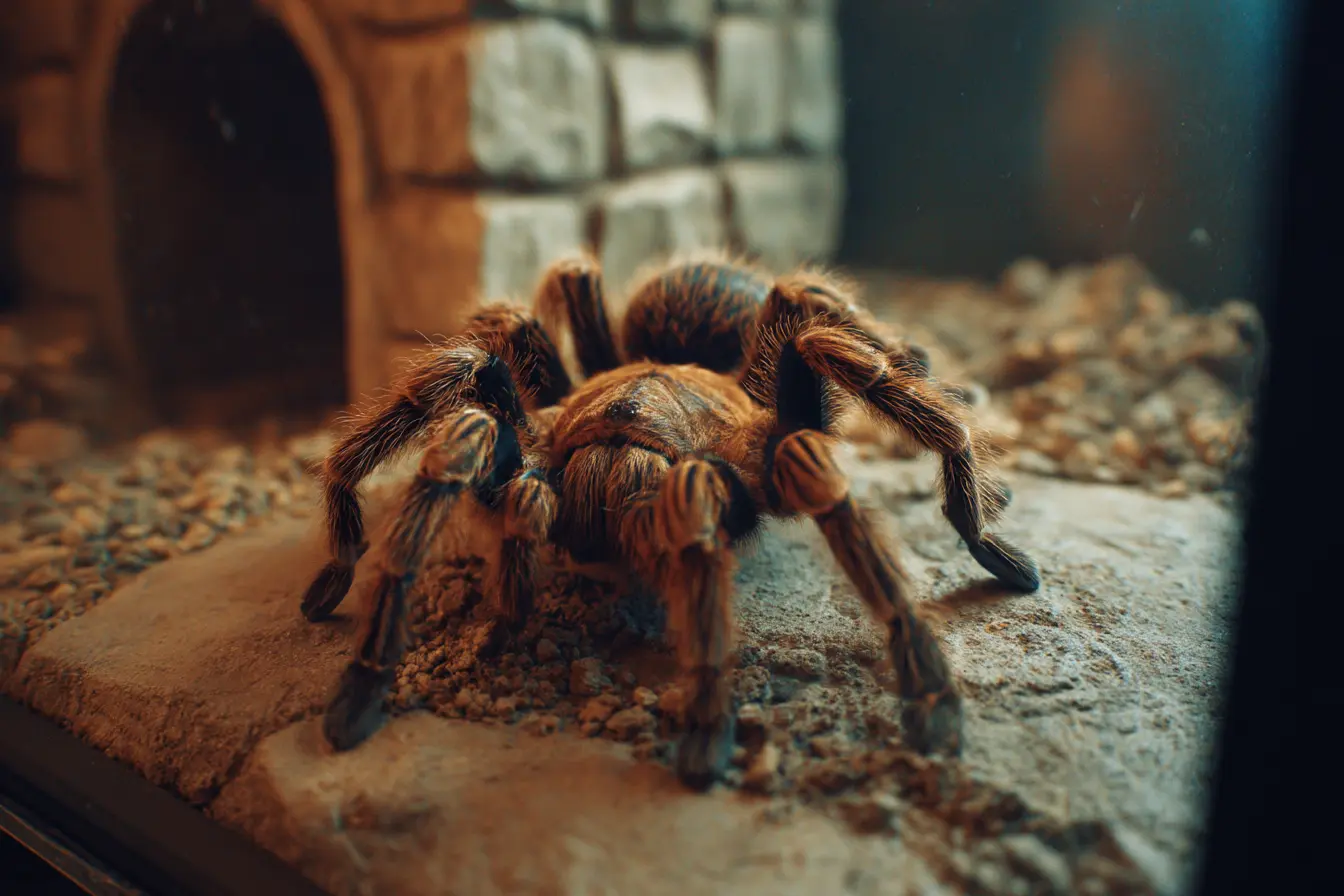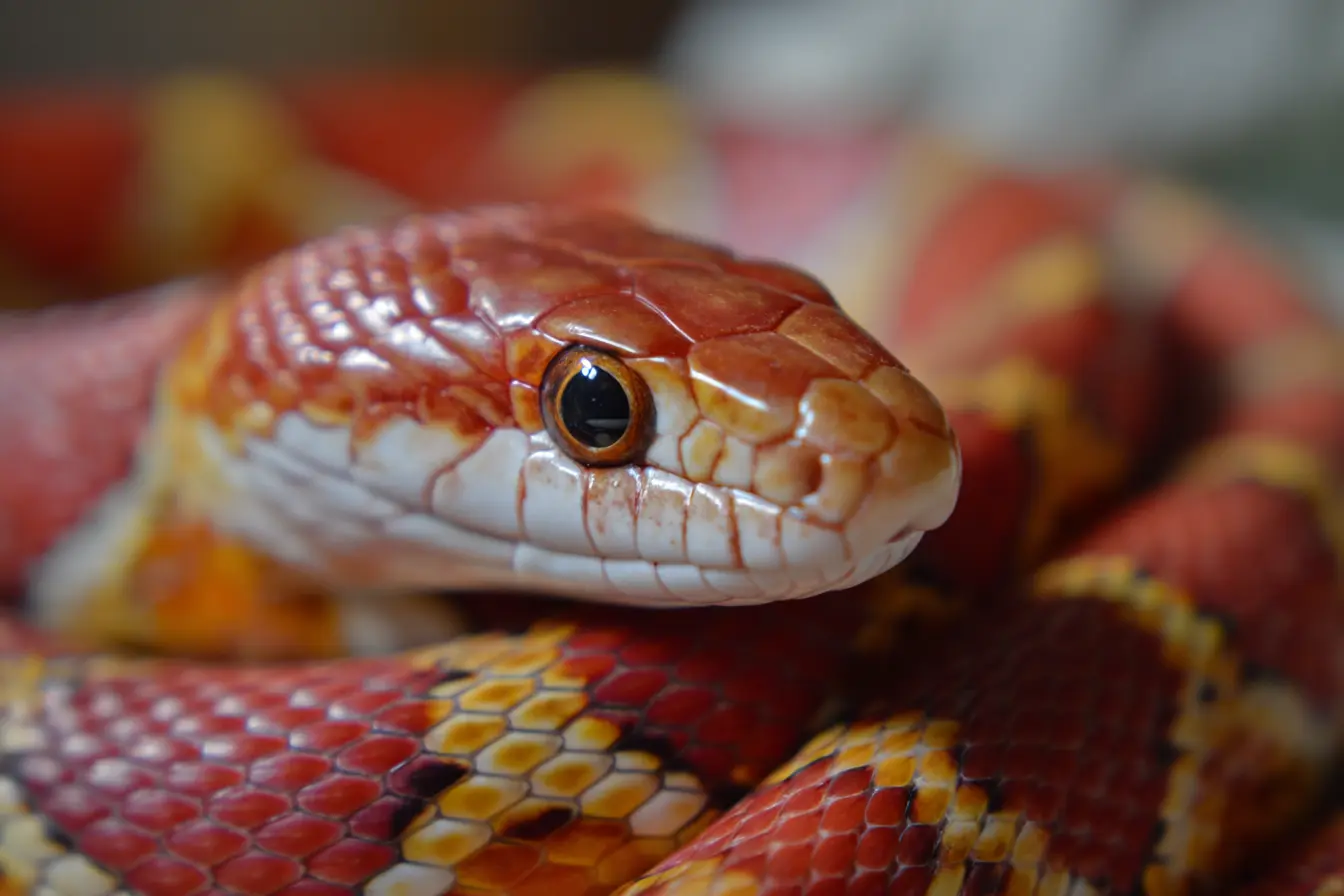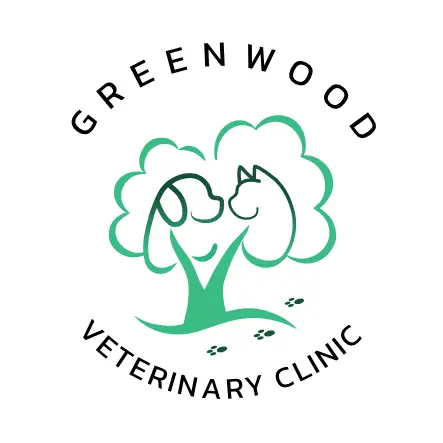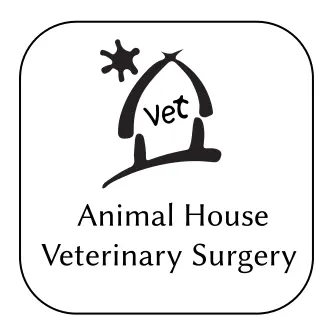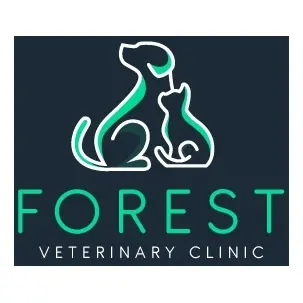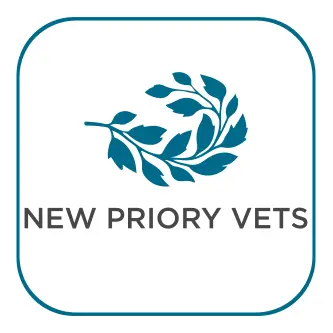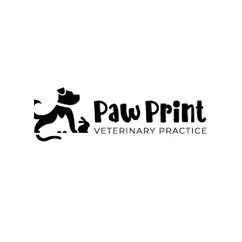
Thinking of Getting a Green Anole? The Complete Care Guide for New Owners
If you’re considering a green anole (Anolis carolinensis) as a pet, you’re about to embark on an exciting journey. These small, vibrant lizards are known for their striking green colour, gentle nature, and fascinating behaviour. They’re a great choice for beginners in reptile keeping, as long as you’re prepared to meet their specific care needs.
In this guide, we’ll cover everything you need to know about green anoles, including their natural behaviour, enclosure setup, diet, health care, and long-term maintenance.
What is a Green Anole?
The green anole is a small arboreal lizard native to the southeastern United States. They are often referred to as the “American chameleon” because of their ability to change colour between green and brown. This colour change reflects their mood, temperature, and surroundings.
Green anoles typically grow to around 15–20 cm in length, including their tail, and live for 4–7 years in captivity with proper care. They are quick, agile, and spend most of their time climbing or basking in the sun.
Sourcing and Selecting a Green Anole
Choosing a healthy anole from a reliable source is crucial for long-term success.
Where to Buy
- Reputable breeders: These are your best option for captive-bred, healthy anoles.
- Specialist reptile shops: Many specialist reptile shops in the UK offer green anoles and advice on their care.
- Rescue centres: Consider adopting a green anole in need of a new home.
Avoid purchasing from general pet shops or online sources without a good reputation, as these anoles are often wild-caught and may carry parasites or be stressed.
What to Look For
When selecting a green anole, check for these signs of good health:
- Clear eyes and nostrils with no discharge
- Smooth, clean skin with no signs of retained shed
- Active and alert behaviour
- A healthy appetite if observed feeding
Setting Up the Perfect Habitat
Green anoles are arboreal lizards that need a vertical enclosure with plenty of climbing opportunities.
Enclosure Size
The minimum recommended size for a single green anole is 45 cm (W) x 45 cm (D) x 60 cm (H). For multiple anoles, you’ll need a larger enclosure with ample climbing space.
Substrate
A moisture-retentive substrate is ideal for maintaining proper humidity levels. Suitable options include:
- Coconut fibre
- Orchid bark
- Reptile-safe soil mix
Avoid using loose sand or gravel, which can cause impaction if ingested.
Heating and Lighting
Green anoles are cold-blooded and require external heat sources and UVB lighting to thrive.
- Basking spot temperature: 29–32°C
- Ambient temperature: 24–27°C during the day
- Night temperature: 18–22°C
Use a basking bulb to create a warm spot, and ensure the rest of the enclosure has a temperature gradient. UVB lighting is essential for green anoles to synthesise vitamin D3 and prevent metabolic bone disease. A 5–6% UVB bulb is recommended.
Humidity and Water
Maintain humidity between 60–70% by misting the enclosure daily. Green anoles will drink water droplets from leaves rather than from a dish, so regular misting is vital. Use a hygrometer to monitor humidity.
Decor and Enrichment
Provide plenty of branches, vines, and plants (real or artificial) for climbing and hiding. Green anoles thrive in a well-decorated enclosure with multiple hiding spots to reduce stress.
Diet and Nutrition
Green anoles are insectivores and thrive on a varied diet of live insects.
Staple Foods
- Crickets
- Small dubia roaches
- Calci-worms
- Fruit flies (for younger anoles)
Feed appropriately sized insects no larger than the space between the anole’s eyes.
Supplementation
To prevent nutritional deficiencies, dust the insects with:
- Calcium powder with vitamin D3 two to three times a week
- Multivitamin supplement once a week
Provide fresh water daily in a shallow dish, though most anoles will prefer drinking from misted surfaces.
Handling and Behaviour
Green anoles are fast and easily stressed, so they are best suited as a display pet rather than a hands-on companion.
Tips for Handling
- If handling is necessary, move slowly and gently to avoid startling them.
- Support their body fully and avoid grabbing their tail, as they can drop it as a defence mechanism.
- Minimise handling to reduce stress.
Observing their natural behaviour in a well-decorated enclosure can be just as rewarding as interacting with them directly.
Common Health Issues
Like all reptiles, green anoles can develop health problems if their care requirements aren’t met. Knowing the signs early is essential.
Metabolic Bone Disease (MBD)
Caused by calcium deficiency and inadequate UVB exposure. Symptoms include lethargy, soft bones, and difficulty moving.
Respiratory Infections
Often caused by incorrect temperatures or high humidity. Symptoms include wheezing, open-mouth breathing, and mucus around the nostrils.
Shedding Problems
Inadequate humidity can cause stuck shed, particularly around the toes and tail. Provide a moist hide and monitor for retained skin.
Parasites
Wild-caught anoles are particularly prone to internal parasites. Symptoms include weight loss and diarrhoea. A faecal test by a vet can help detect parasites.
If you notice any signs of illness, consult an experienced reptile vet immediately.
Specialist Vet Care
Green anoles don’t require vaccinations, but regular health checks are recommended to ensure they stay healthy.
Routine Health Checks
An annual vet visit can help catch potential health issues early. This includes a physical examination and a faecal test for parasites.
Emergency Situations
Seek immediate veterinary care if your anole shows signs of:
- Severe weight loss
- Persistent lethargy
- Breathing difficulties
- Visible injuries
Care and Maintenance
Maintaining a clean and well-regulated enclosure is essential for your green anole’s health.
Daily Tasks
- Check temperatures and humidity
- Mist the enclosure and provide fresh water
- Remove uneaten insects and waste
Weekly Tasks
- Spot-clean the enclosure and wipe down surfaces with a reptile-safe disinfectant
Monthly Tasks
- Deep-clean the enclosure, replace substrate, and check equipment such as UVB bulbs and thermostats
Final Thoughts
Green anoles are beautiful and fascinating reptiles that can thrive in captivity with the right care. They’re ideal for those who enjoy observing natural behaviour rather than frequent handling. With a proper setup and routine maintenance, your green anole can live a long and healthy life.
By following this guide, you’ll be well-prepared to give your green anole a safe and enriching environment in your home.
Related Vets
Vets near you
Speciality vets
- Aquatics vet specialists
- Birds vet specialists
- Camelids vet specialists
- Cats vet specialists
- Cattle vet specialists
- Deer vet specialists
- Dogs vet specialists
- Equines vet specialists
- Exotic vet specialists
- Goats vet specialists
- Pigs vet specialists
- Poultry vet specialists
- Sheep vet specialists
- Small Mammals vet specialists
- Wild vet specialists
